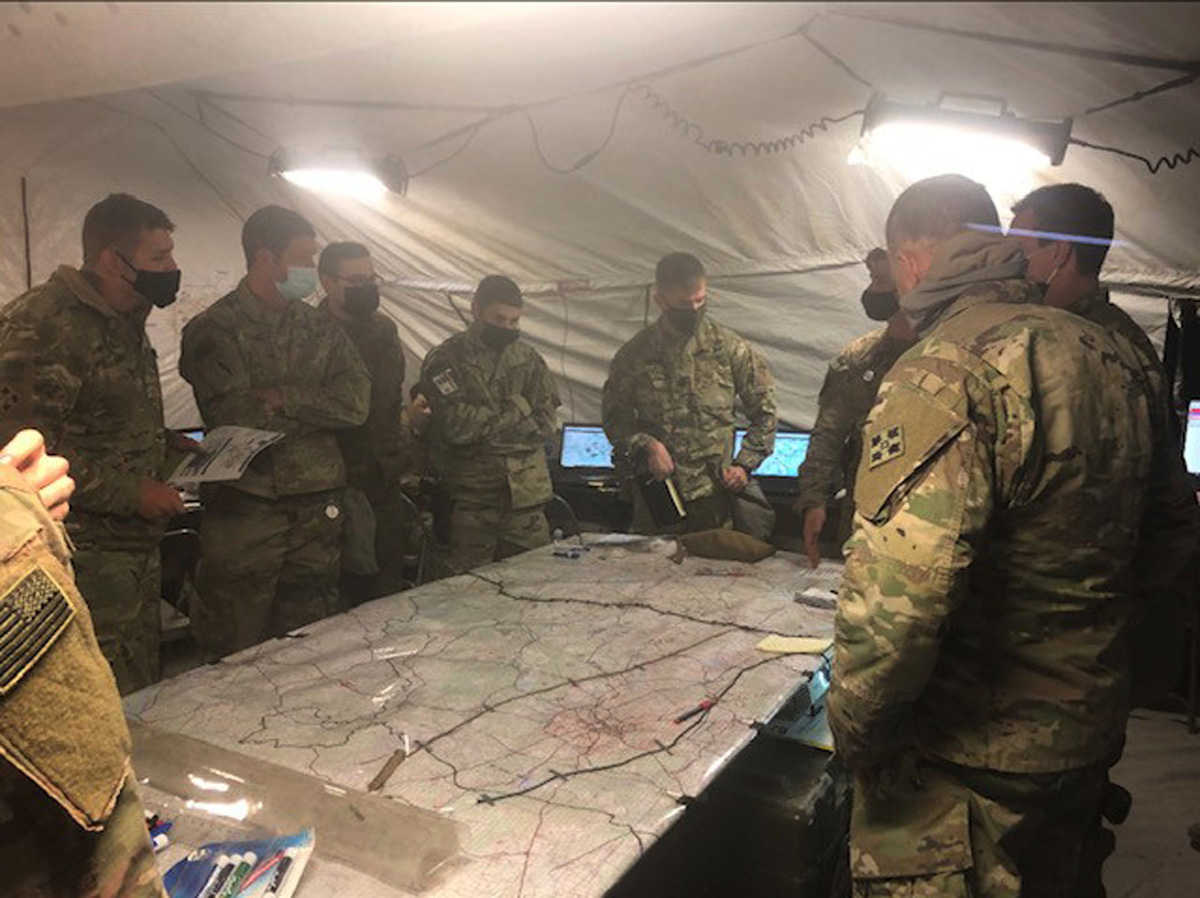
By Brig. Gen. Eric Strong, U.S. Army
Maj. Brett Reichert, U.S. Army
The complexity of LSCO requires division-level senior leaders to simultaneously shape the deep fight while controlling the close fight and rear areas.
Published by Military Review Online Edition June 2021
Download the PDF 
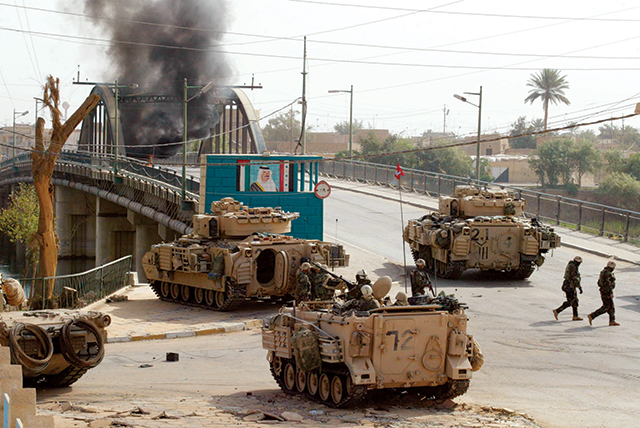
A Case Study of Urban Battle during Large-Scale Combat Operations
By Maj. Nicolas Fiore, U.S. Army
Doctrine regarding large-scale combat operations anticipates U.S. Army and allied land forces replicating the exceptionally low destruction of the 2003 Battle of Baghdad, even when fighting peer adversaries.
Published by Military Review September-October 2020, pg 127
Download the PDF 
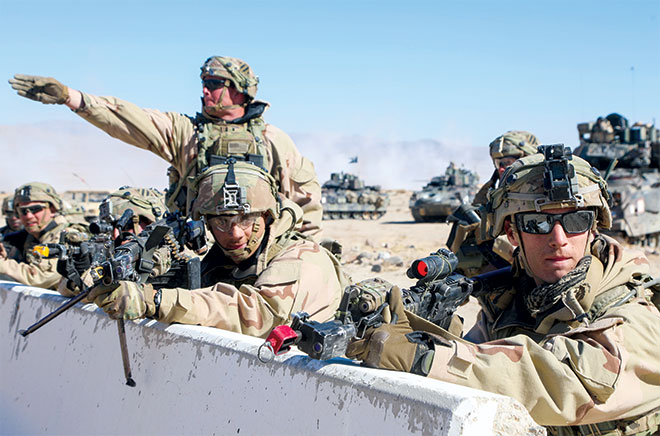
Recommendations for Commanders to Consider during Home-Station Training
By Col. Michael J. Simmering, U.S. Army
The commander of Operations Group at the National Training Center offers several valuable lessons learned for commanders at all tactical levels.
Published by Military Review May-June 2020
Download the PDF 
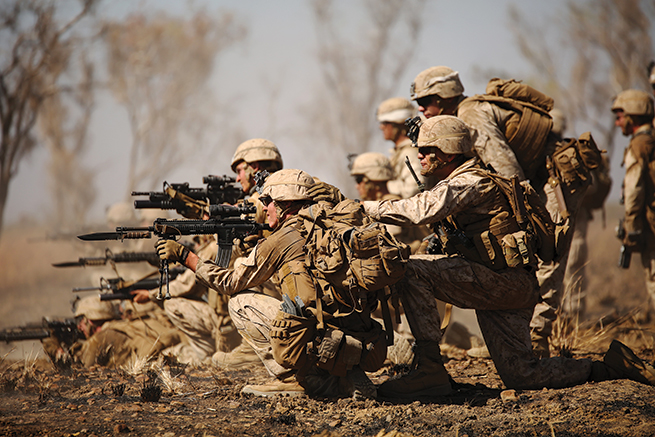
By Maj. Jeremy Smith, U.S. Marine Corps
A Marine Corps officer opines that mission command is a philosophy and a principle, not a warfighting function, and argues that Army leaders should study history and embrace command and control to prepare for large-scale combat operations. This article won third place in the 2019 MacArthur Writing Contest.
Published by Military Review January-February 2020
Download the PDF 

SPECIAL EDITION
By Various Authors
The Army is shifting its focus and updating its doctrine to prevail in large-scale ground combat operations against peer and near-peer threats. To support the new doctrine codified in Field Manual 3-0, Operations , the U.S. Army Combined Arms Center commander, Lt. Gen. Michael D. Lundy, directed the Army University Press to publish the seven-volume Large-Scale Combat Operations Historical Case Study book set. As he explains in this issue’s “Foreword,” his intent is “to expand the knowledge and understanding of the contemporary issues the U.S. Army faces by tapping our organizational memory to illuminate the future.” To introduce readers to this set, the following special section of Military Review provides an overview of each volume by its author. The downloadable version of the book set is available here on our website
Published by Military Review September-October 2018
Download the PDF 
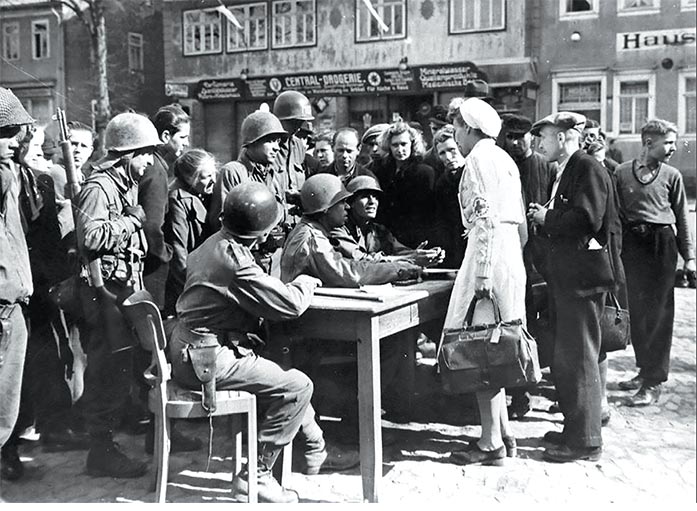
By Lt. Gen. Mike Lundy, U.S. Army Col. Richard Creed, U.S. Army Col. Nate Springer, U.S. Army Lt. Col. Scott Pence, U.S. Army
Using well-known Army leaders as examples, the author shows how leaders who lead by example, develop others, and prepare themselves are primed to fight and win in large-scale combat operations. This article is the winner of the 2019 MacArthur Writing Contest.
Published by Military Review September-October 2019, pg 16
Download the PDF 
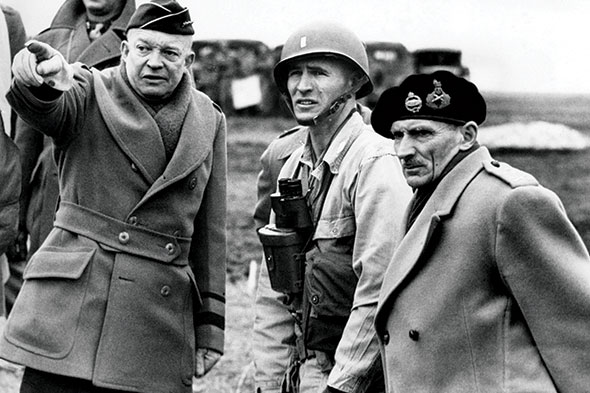
By Maj. Dana M. Gingrich, U.S. Army
Using well-known Army leaders as examples, the author shows how leaders who lead by example, develop others, and prepare themselves are primed to fight and win in large-scale combat operations. This article is the winner of the 2019 MacArthur Writing Contest.
Published by Military Review September-October 2019, pg 134
Download the PDF 
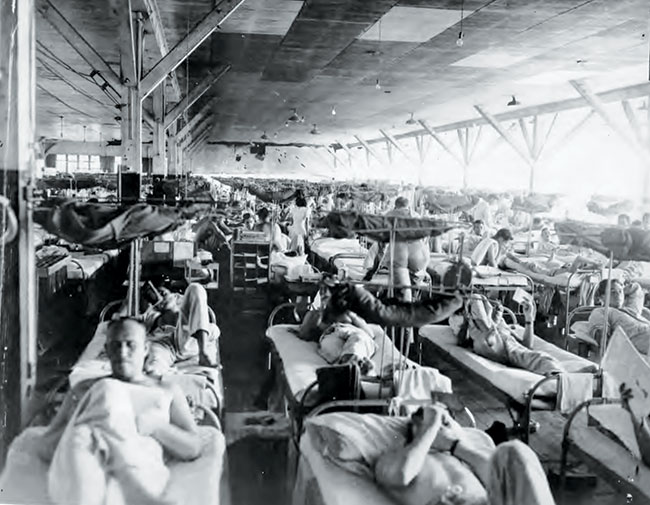
Military Health System Consolidation and the Risk to Readiness
By Lt. Col. F. Cameron Jackson, U.S. Army
A medical service officer critiques the latest restructuring of the military’s medical service system, asserting that such restructuring and realignment of resources has degraded the level of support the medical services can provide in the event of large-scale combat operations.
Published by Military Review September-October 2019, pg 141
Download the PDF 
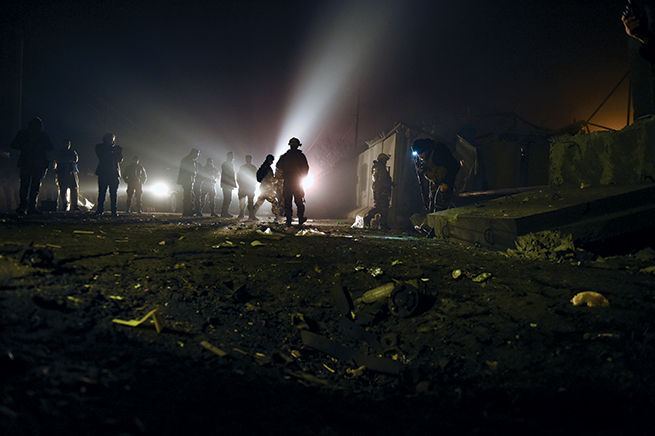
Commercial Support for Large-Scale Ground Combat Operations
ByMaj. Gen. Rodney D. Fogg, U.S. Army Lt. Col. William C. Latham Jr., U.S. Army, Retired
An increase in reliance by the Army on commercial support places military contractors at correspondingly greater risk as they appear more forward and in greater numbers on the battlefield, according to the commander of the U.S. Army Combined Arms Support Command.
Published by Military Review July-August 2019, pg 15
Download the PDF 
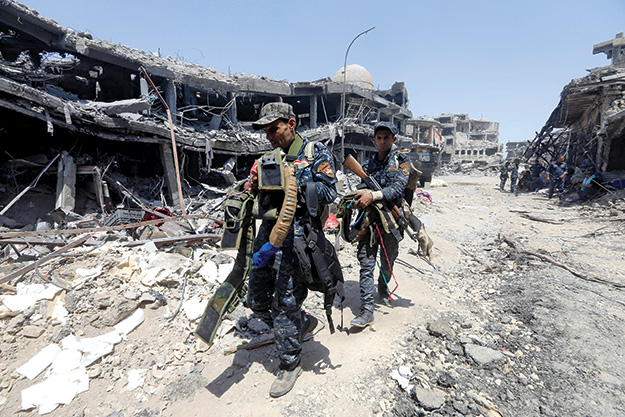
By Maj. Thomas D. Arnold, U.S. Army Maj. Nicolas Fiore, U.S. Army
The battle for Mosul provides a blueprint for future large-scale combat operations in dense urban environments. The authors provide five observations from that battle that should guide the operational approach to the next urban fight.
Published Military Review January-February 2019, pg 56
Download the PDF 
Back to Top
External Links Disclaimer
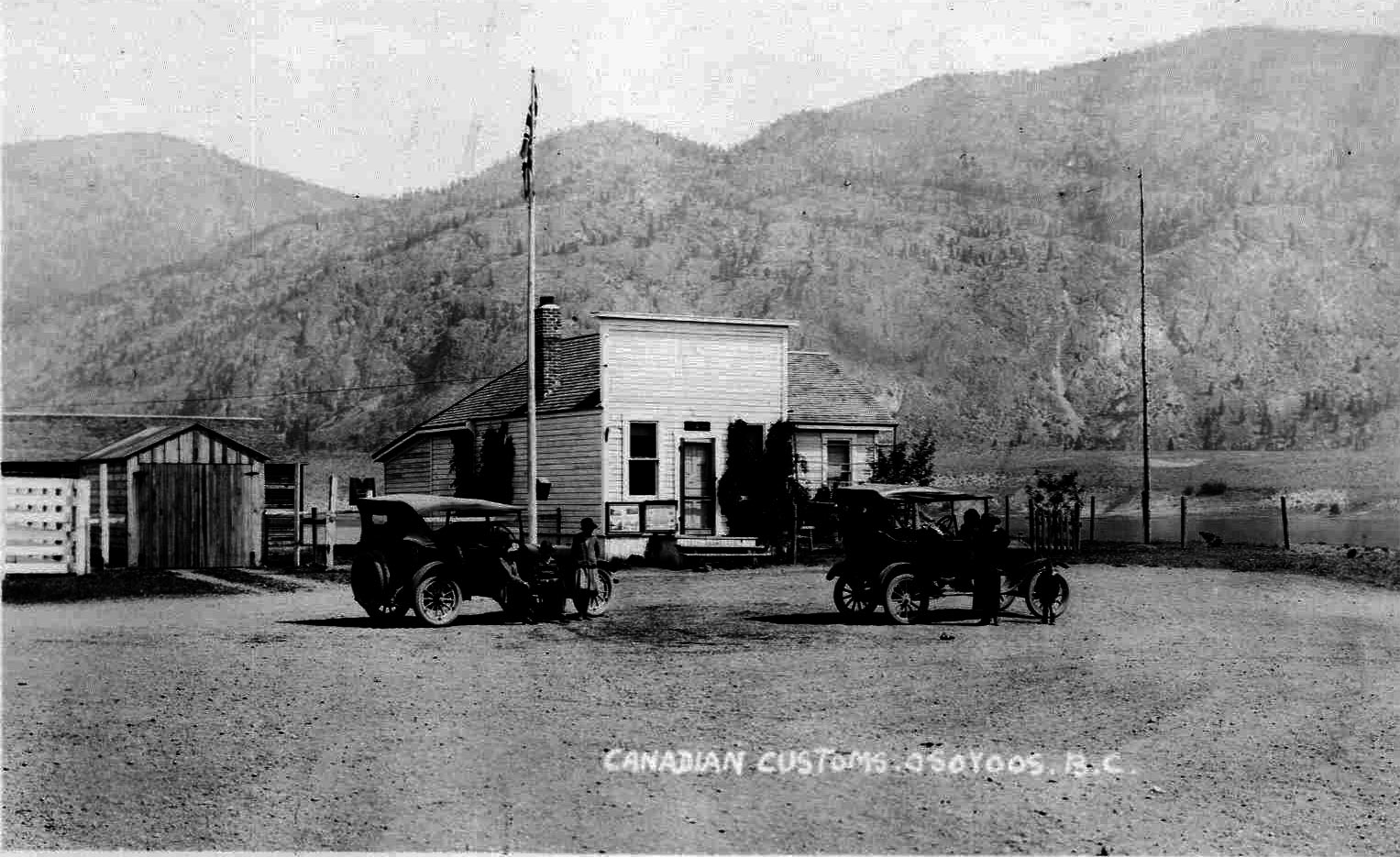
Lecture delivered at The Army War College, Washington Barracks, D.C.
As the Army shifts its focus to large-scale combat operations (LSCO), keeping the maneuver force adequately manned stands out as a key issue. For those interested in ensuring the efficiency of personnel replacement systems to support LSCO, the lecture "Replacements" given in 1922 at the U.S. Army War College by Lt. Col. Parker Hitt provides a historical perspective that highlights recurring and enduring issues related to personnel replacement system administration. We express our appreciation to Dr. Conrad Crane and Mr. Shane Reilly at the U.S. Army War College and Mr. Russell Rafferty, archivist at the Ike Skelton Combined Arms Center Library, for assistance in locating the lecture manuscript.
Published by The Army War College, March 25, 1922
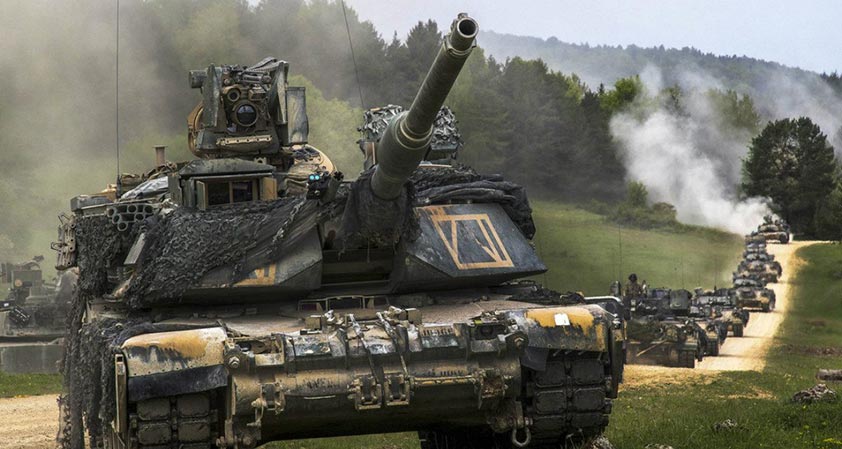
By Maj. James King
Until the Army focuses once again on large-scale, multi-division exercises in today’s complex environment and trains how it would fight, the assumption that the Army can conduct large-scale combat operations will be a dangerous one.
Published by Modern War Institute, 19 June 2018